Scars appear as a result of trauma and are usually associated with pain. However, while the physical pain goes away with the time, the discomfort and embarrassment of having to live with your scar often stay for the rest of your life. Before you start looking for ways to get rid of it, you should first find out what kind of scar you are dealing with, so you know how to best target it.
Here is a quick guide on the most common types of scars and how to treat them.
1. Keloid scars
Keloid scars are often caused by injuries, when the body produces excess collagen in the affected area even after the wound has healed. In other words, they are a result of the aggressive healing process. While anyone can be at risk of getting a keloid scar, statistics show that they are more common on dark-skinned people.
Keloids can be easily treated through surgery. The application of silicone sheets and steroid injections can be an alternative solution to this type of scarring. If the keloid is not too severe, they can also be treated by applying liquid nitrogen on the affected area to facilitate the quick fading of the scar.
2. Contracture scars
Contracture scars appear as a result of burns. This type of scars often tighten skin which can affect your movement and flexibility. If they go deeper, they might also cause further damage to your muscles and nerves. This is why, contracture scars must be treated as soon as possible.
The one solution that provides almost complete recovery is surgical excision, followed by skin grafting. However, this could take a number of repeated surgical interventions. Other options that can help remove or smoothen contracture scars include injection of dermal fibroblasts, scar removal creams, and laser treatments.
3. Hypertrophic scars
Hypertrophic scars look very similar to keloids, but they do not go past the boundary of the injury. They usually appear within 4 to 8 weeks after a wound infection or closure, and may often be itchy or painful.
Treatment of hypertrophic scars is also similar to the one of keloids. Applying silicone sheets to flatten the scar could be one of the solutions. Injections of steroids to reduce the inflammation is also a very common alternative.
4. Acne scars
Acne is a very common condition. More severe forms of it can often leave very unpleasant scars. There are various types of acne scars and they usually differ from each other in their type and depth. The treatment often depends on the type of scars that you are dealing with.
Following deep scientific research, we have developed Yoffee Pro Acne Clearing Night Cream, a powerful acne treatment solution based on salicylic acid and volcanic coal. A combination of 10 natural ingredients, Yoffee Pro Acne helps clear acne blemishes, prevent new ones from forming and whiten post-acne scars.
5. Stretch marks
Stretch marks are also a type of scars. They appear as a result of extensive stretching of the skin, e.g. after pregnancy or rapid weight gain/loss. The skin tears when a person grows or shrinks too much which leads to the appearance of scars. At the beginning, stretch marks look red or purple in colour, but they lose their colour over time and turn white.
At Yoffee, we also offer a 100% natural stretch mark treatment. Our Yoffee Repairing Oil combines the healing and regenerating powers of 10 natural oils including Rosehip Oil and Argan Oil to visibly improve the appearance of stretch marks, lighten scars and hydrate skin.


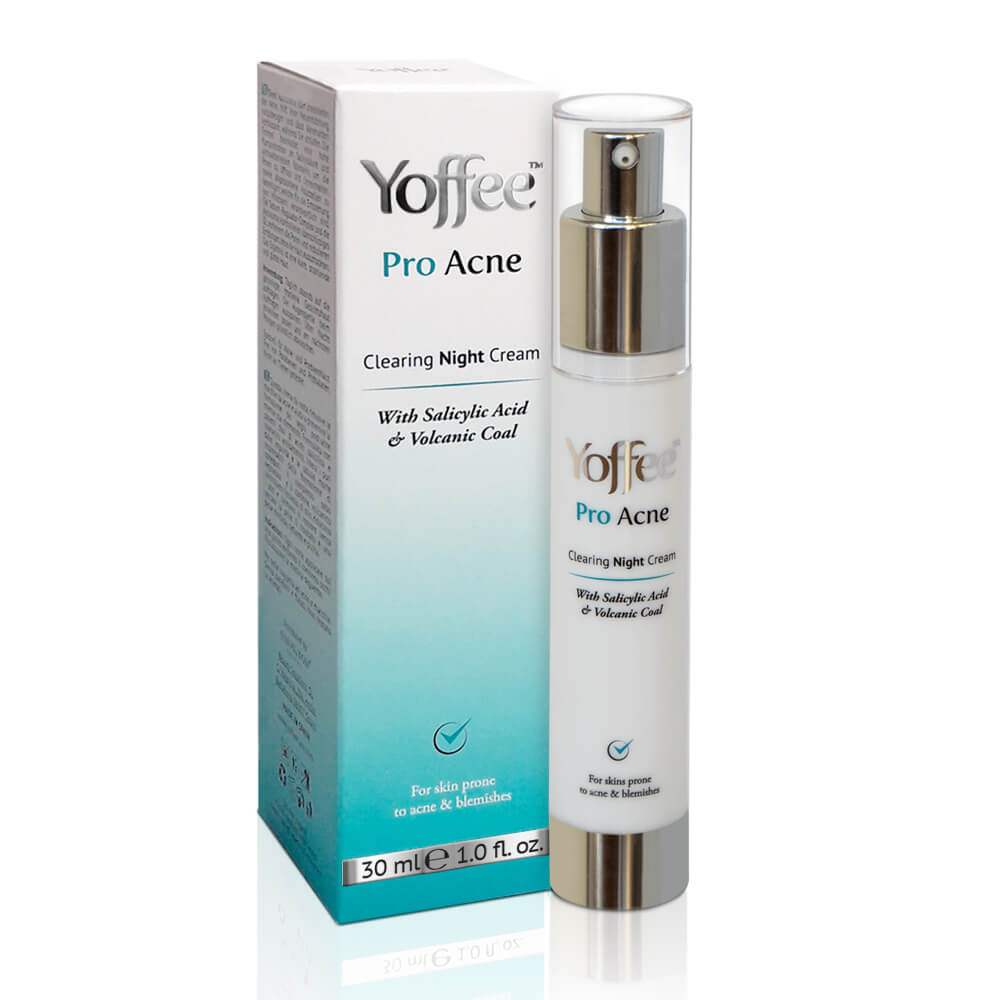
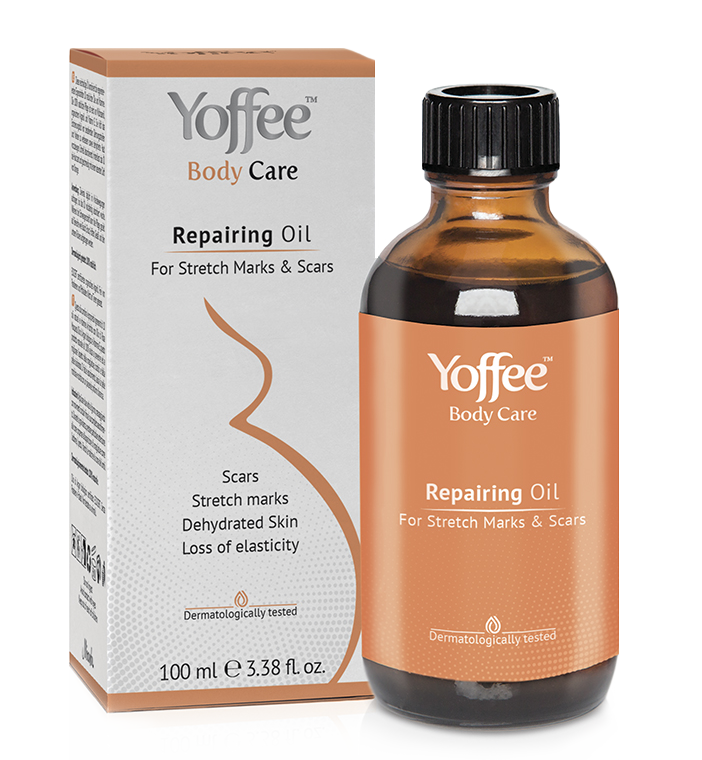

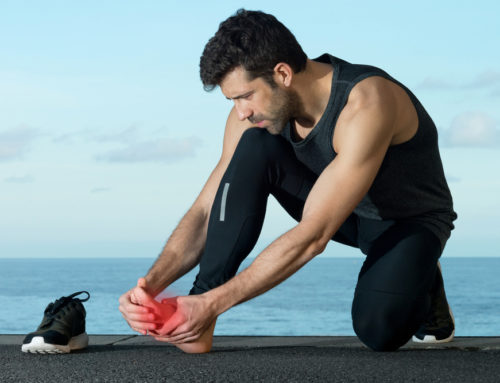

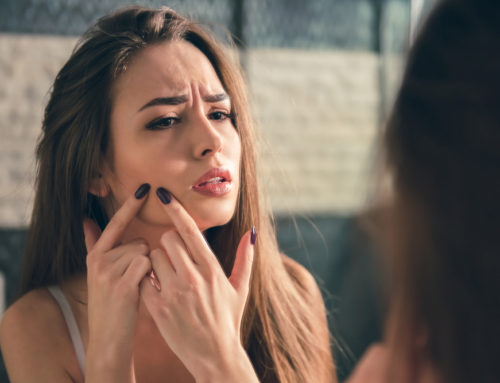
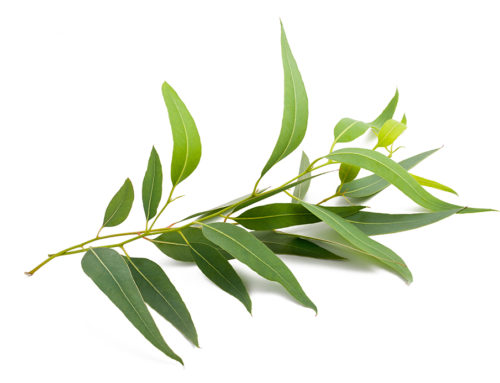
Leave A Comment